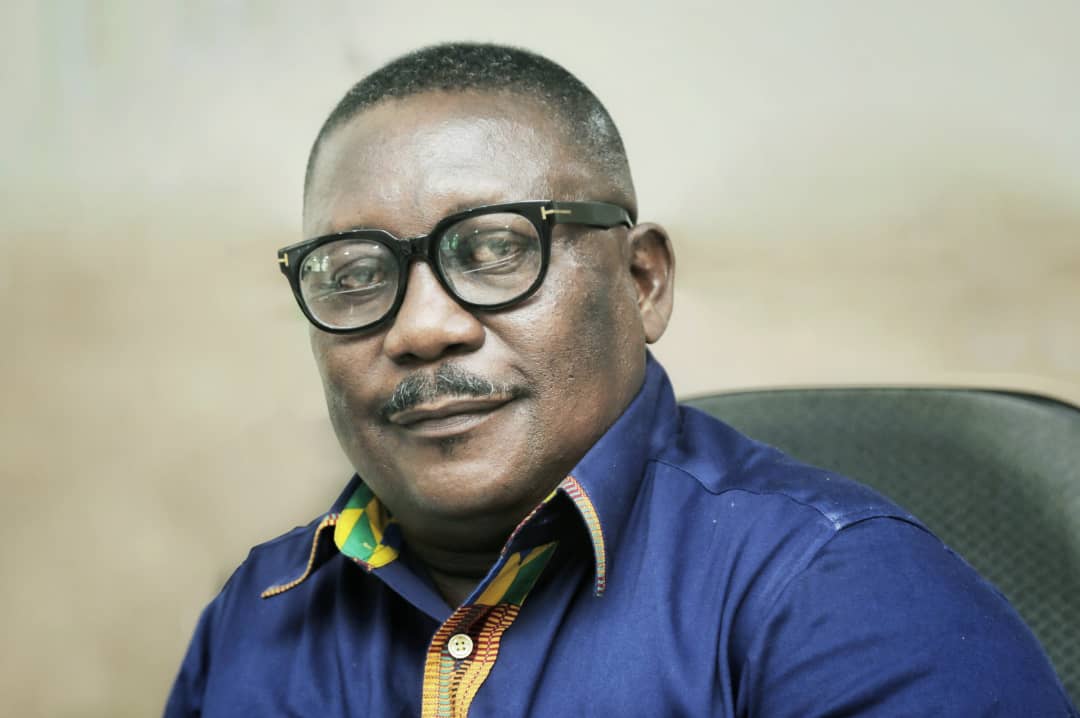
Counting the days... Shake-up at Graphic
At the end of August 1993, I had completed my mandatory two-year national service with The Mirror and, therefore, stopped receiving the service allowance. Luckily for me, even though new service persons — Michael MacDonald Tetteh Nyarko Crabbe and Andrews Sylvanus Kwesi Biney had joined The Mirror, I was encouraged to stay on and contribute to the paper as a stringer.
I was paid according to the number of stories I filed for the paper. Being a weekly newspaper, it meant that I had to work extra hard to earn enough to take care of myself.
Advertisement
I, therefore, went all out and filed as many as four or five stories every week, including front page stories, which had a higher premium than stories that made the inside pages.
I was also handling the Forum Page (interviewing the public on their views on topical issues). All these were done in anticipation that one day when the opportunity offered itself, I would be considered for permanent engagement.
Graphic opens up
As I said in one of my earlier epistles, in 1992, political party activities and electioneering had dominated our national life, characterised by a charged atmosphere as the political actors crisscrossed the country canvassing for votes.
The target of the New Patriotic Party (NPP), with Prof. Albert Adu Boahen as its flag bearer, was to unseat the incumbent PNDC administration, headed by Flt Lt Jerry John Rawlings, which had metamorphosed into a political party — the National Democratic Congress (NDC) — to contest the elections.
As a policy, the Daily Graphic, the flagship newspaper of the then Graphic Corporation, as well as The Mirror, decided to open up its pages to all the contesting parties, give them equal opportunity and establish an even playing field.
As such, stories that were published in the Daily Graphic during that period were fairly balanced and fair to all the parties — a departure from what pertained under the military administration.
I vividly recall that prolific writers such as Kwaku Baka, who wrote a column, Thinking Aloud, which appeared on Mondays; Breda Atta-Quayson, who used to be the Castle correspondent in the early days of the revolution; Ransford Tetteh, who also wrote regularly on political issues in The Mirror; and Frankie Asare-Donkoh, who authored the Frankly Speaking column, had a field day and wrote very insightful articles which, otherwise, would have been considered critical of the incumbent administration.
While those articles and reports that found space in the newspapers excited the public and increased both the readership and the circulation figures of both papers, they did not sit well with the then administration.
Transfers
Consequently, in October 1992, barely a month to the presidential election scheduled for November 7, 1992, the Board of Directors of the Graphic Corporation, under the chairmanship of Mr Justice J.K. Ebiasah, a High Court judge, announced the transfer of four of the senior journalists of the corporation — Ransford Tetteh, Breda Atta-Quayson, Kwaku Baka and Anthony E. Amoah, who it was learnt, had gone to contest the primary of the NPP in Mpohor — to the regions.
The affected journalists protested to the extent that they even used the Daily Graphic, as well as some independent newspapers, to fight their cause. The protest was so incessant that the board finally caved in and put the transfers on hold.
Something intriguing happened weeks after the presidential election, which was won by Flt Lt Rawlings — the transfer issue was revisited.
Newsroom meeting
All members of the Editorial Department were summoned to a meeting in the main newsroom, where the board members, which included Kwame Gyawu-Kyem, formerly of the Ghanaian Times, informed the meeting that some major changes had been made in the newsroom structure and that some senior journalists who were being groomed to take up leadership positions had been transferred to the regions in order for them to gain some regional experience.
The major casualty was the Editor of the Daily Graphic, Mr Sam Clegg, who was appointed the Supervising Editor of the paper (I remember the BBC report describing his appointment as ‘being promoted out of sight’).
He was replaced by Mr Elvis Aryeh, who was then the Deputy Editor and also doubled as the Press Secretary to Flt Lt Rawlings.
Breda Atta-Quayson was sent to Wa, A.E. Amoah to Ho, Kwaku Baka to Takoradi and Ransford Tetteh to Koforidua.
Originally, we had picked up information that the News Editor, Yaw Boadu-Ayeboafoh, was one of the victims, but that he had evaded the net because, per the board’s reason for the transfers, he had already had regional experience, having served in Tamale before being brought to Accra.
After that announcement, nothing was heard again until mid-January 1993 when the affected journalists had to leave for their respective duty posts.
With the departure of that crop of journalists came some other senior journalists from the regions to Accra — Kofi Akordor from Ho, C.S. Buabeng from Sunyani, Albert Sam from Kumasi and Fiifi Mensah from Takoradi.
Interestingly, the most senior colleague stationed in Bolga, the late Iddrisu Seini, was appointed the Deputy Editor.
[email protected]
The writer is the Night Editor of the Daily Graphic




